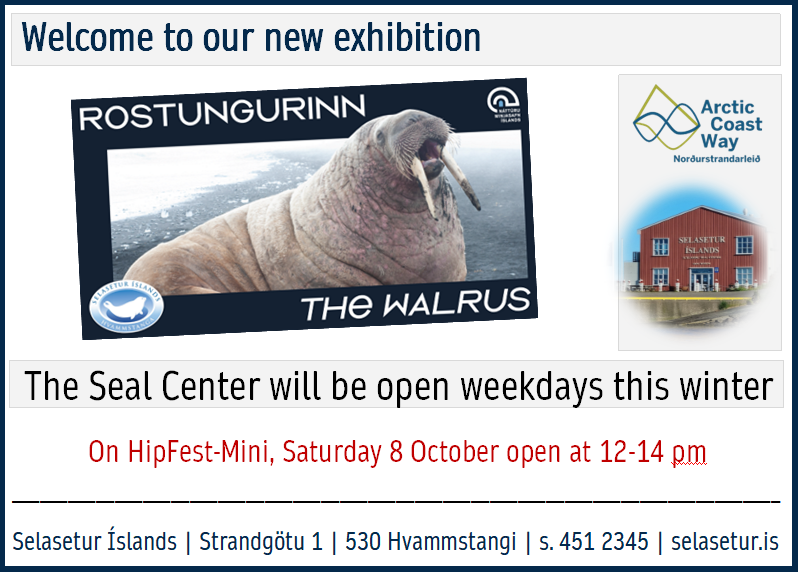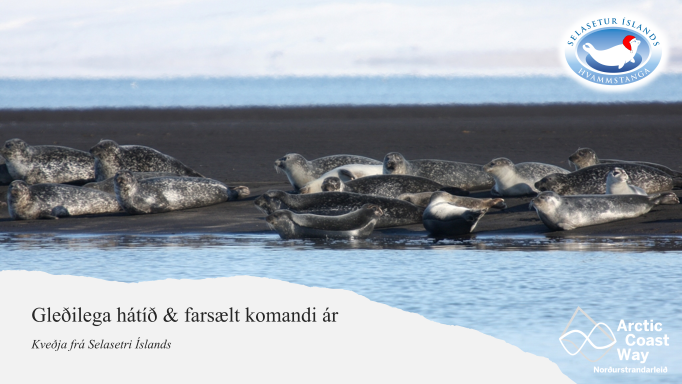
Holiday greetings

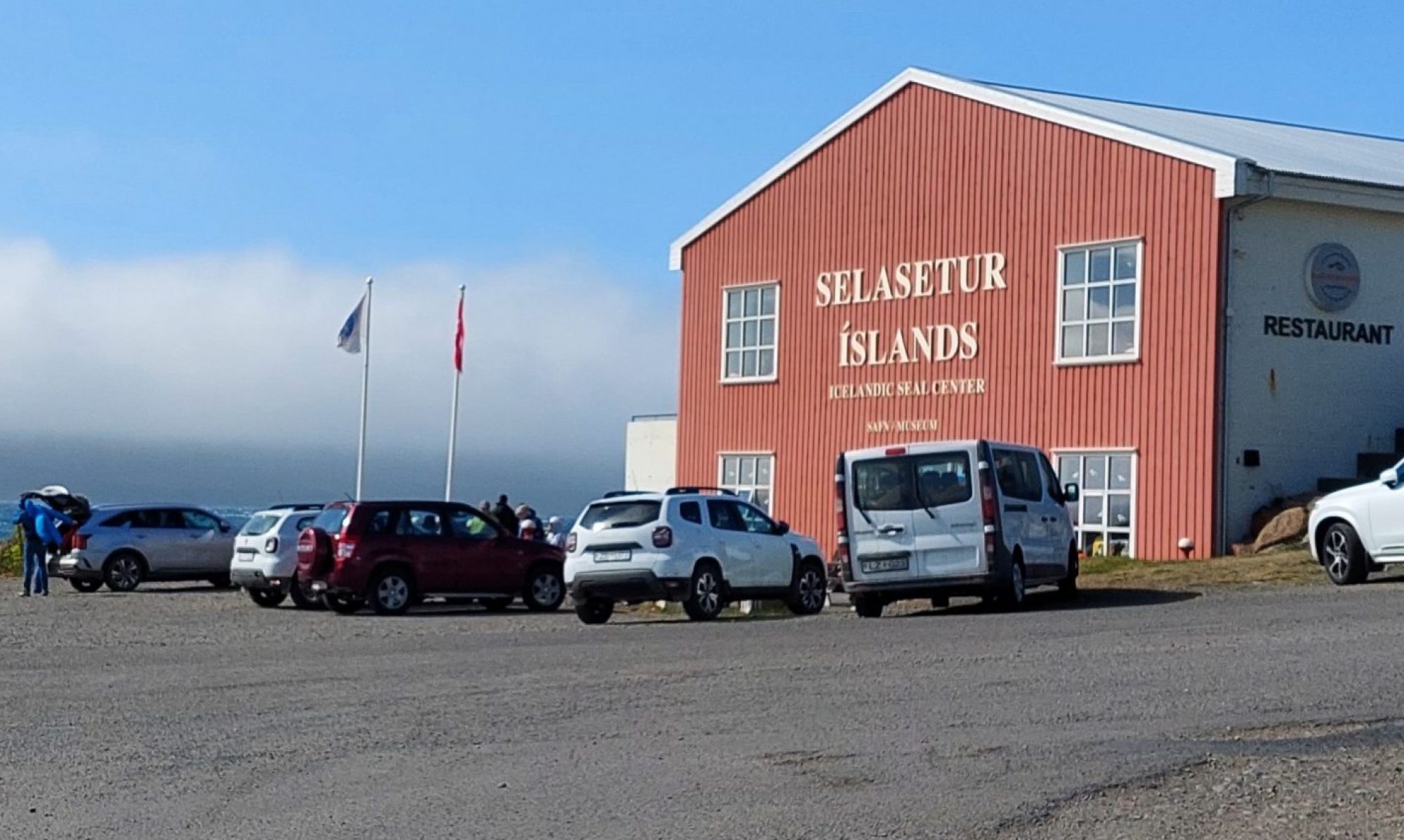

Icelandic Seal Center

The Icelandic Seal Center (ISC) and the Icelandic Marine & Freshwater Research Institute renewed their cooperation agreement at the end of October 2022. The agreement stipulates the strengthening of research on seals in Iceland at the Hvammstanga facility. In particular, monitoring the population size of wild and land seals. In addition to carrying out data collection and research that contributes to the improvement of advice in accordance with the management objectives of the government.
The parties agree to look for ways to increase the number of employees so that the research activities of the Seal Center and the Institute of Marine Research in Hvammstangi can be strengthened. The agreement is open-ended and Seal Center s is optimistic about the future.
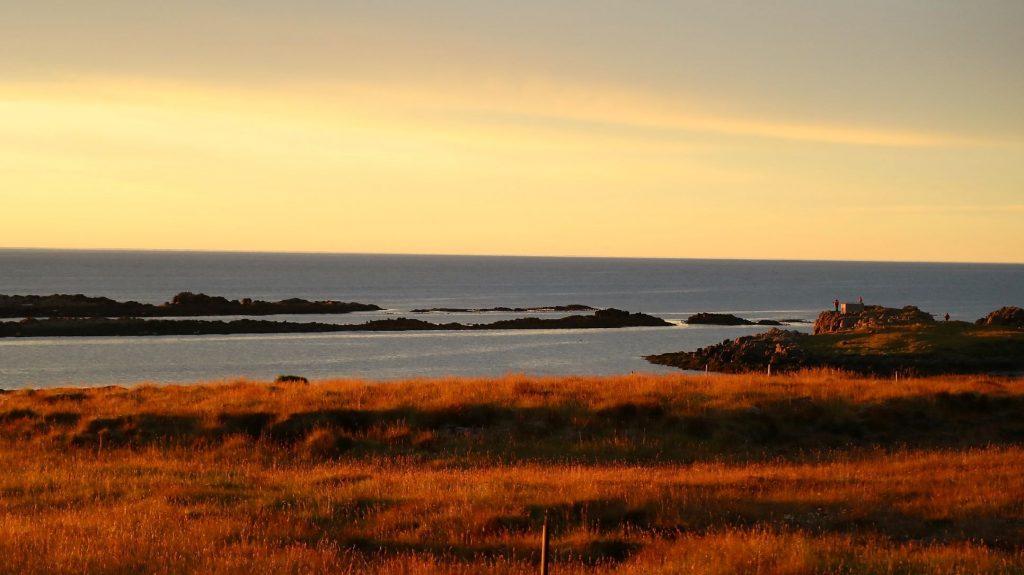
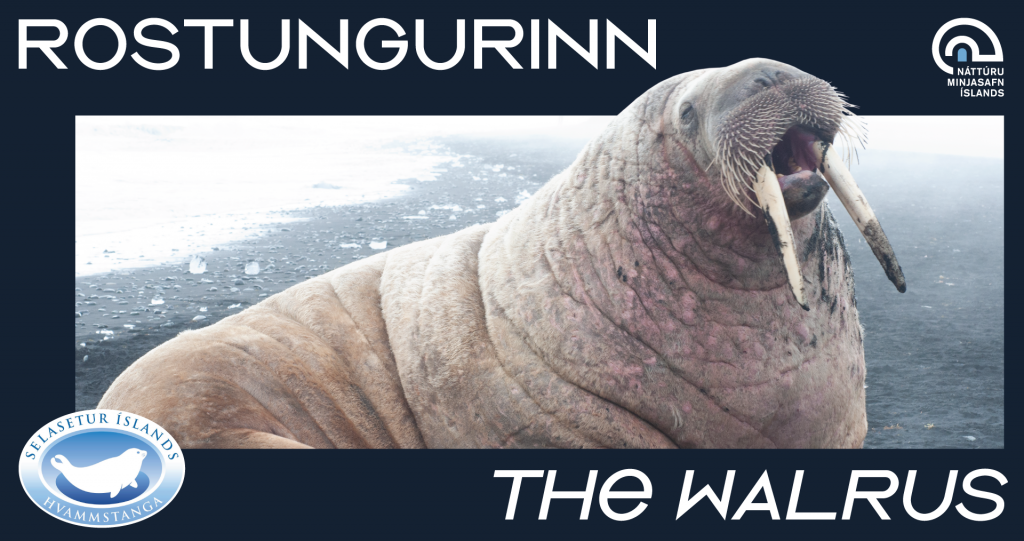
There has been very good attendance at the Icelandic Seal Center so far this year, and over 19,000 visitors have already visited us. It is therefore safe to say that the Selasetrið and the new Rostunga exhibition have attracted the well-deserved attention of domestic and foreign tourists this year.
Individuals from 58 nations have visited us from all continents. Most of the visitors have come from the USA, Germany, Iceland, and France.
Create memories at Iceland’s Seal Center 😊🦭💙
The Icelandic Seal Center made a survey to learn about the community’s opinion on tourism and how it should develop in the years to come. It was Sarah Walter, a summer student at Icelandic Seal Center, who did the survey this summer under the supervision of Dr. Jessica Aquino.
The survey findings show that residents of Húnaþing vestra have a positive perception of tourism overall. The majority of respondents are happy with tourism in general. They feel that tourism has improved the quality of life and perceive the municipality as a good tourist destination.
Here is a link to the Advisory report
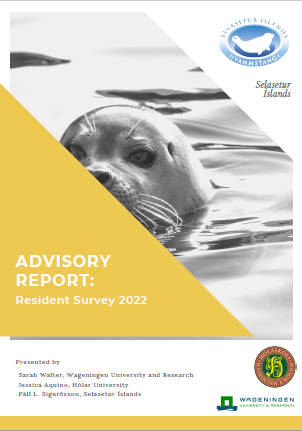
The International Puppet Festival will be held at Hvammstangi, on October 7-9, 2022. Selasetrið is participating in it by being open on Saturday, October 8, from 12-14.
You are welcome to the new Walrus exhibition and the seal museum.
